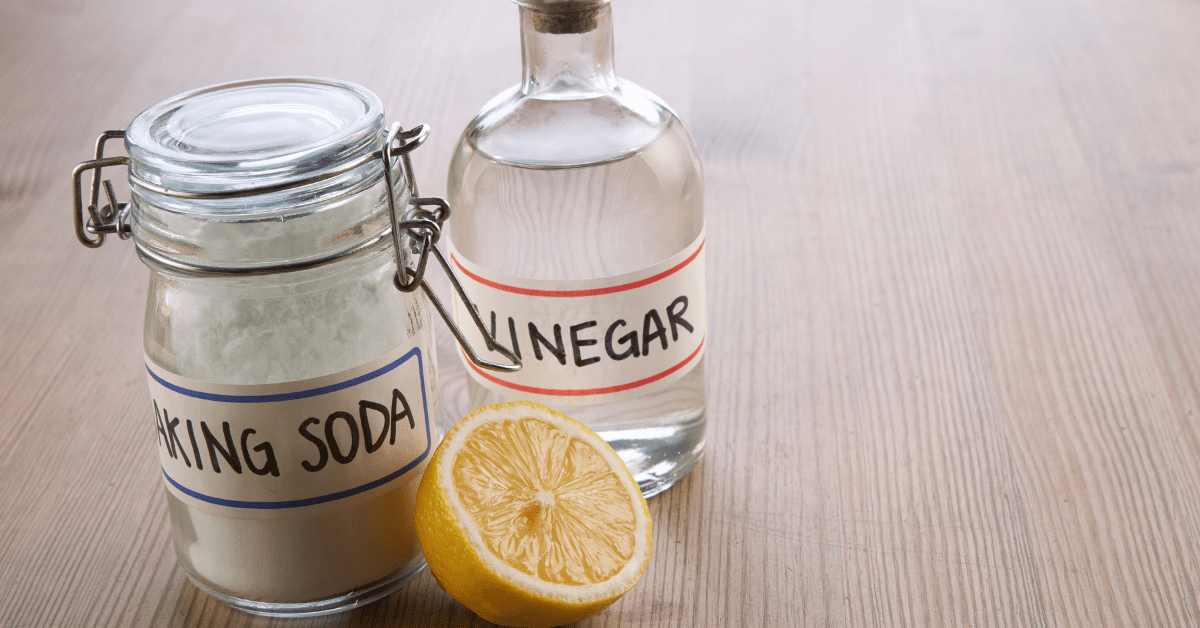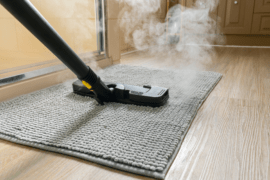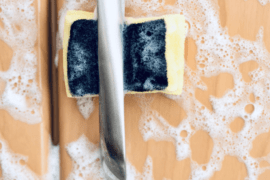Grout can be the defining factor in making your tiles look clean and well-maintained or grimy and neglected. Whether in the bathroom, kitchen, or any tiled area, grout is prone to collecting dirt and grime, which can lead to a dull and unsightly appearance. But fear not, there are ways to bring it back to its former glory. We’ll guide you through the best tile grout cleaner practices to ensure your tiled surfaces remain spotless and inviting. Read on to learn more!
Understanding the Importance of Regular Grout Maintenance

Regular grout maintenance is crucial for extending the life and appearance of your tile work. Grout is porous, meaning it can absorb liquids and harbor bacteria, leading to staining and a generally unclean look. By incorporating grout cleaning into your routine, you can prevent the build-up of mold and mildew, which are not only unsightly but also pose health risks. Keeping your grout clean also helps to maintain the structural integrity of your tiles, as dirt and grime can weaken the grout over time.
Choosing the Right Tile Grout Cleaner

When selecting a tile grout cleaner, it’s essential to consider the type of grout and tile you have. Some cleaners may be too harsh for certain materials, causing damage or discoloration. Always read the labels and follow the manufacturer’s instructions. For an eco-friendly option, consider homemade solutions like a mixture of baking soda and vinegar, which can be just as effective without the use of harsh chemicals. For tougher stains, you may need a specialized grout cleaner with stronger ingredients to penetrate and lift the dirt.
The Best Techniques for Scrubbing Your Grout

Effective grout cleaning doesn’t require excessive force; it’s all about the technique. Start by applying your chosen cleaner to the grout lines and letting it sit for the recommended time to break down the dirt. Then, use a grout brush or an old toothbrush to scrub the grout gently. Scrubbing in circular motions can help lift the dirt more effectively than straight lines. Rinse the area with clean water and wipe it down with a cloth to remove any residue. For larger tiled areas, consider using a steam cleaner for a deep clean without the elbow grease.
Preventative Measures to Keep Your Grout Looking New

Prevention is better than cure, and this holds true for grout maintenance as well. To prevent grout from becoming dirty quickly, regularly sweep and mop your tiled floors to remove dirt and debris. In damp areas like showers, use a squeegee after each use to minimize water and soap scum build-up. Applying a grout sealant can also provide a protective barrier, making it easier to clean and less susceptible to staining.
When Tile Grout Cleaner Won’t Cut It and It’s Time To Call in the Professionals

Sometimes, despite your best efforts, grout can become too stained or damaged for DIY methods to be effective. If your grout is cracking, coming loose, or if the discoloration is beyond what household cleaners can handle, it might be time to call in professional tile and grout cleaners. They have the tools and expertise to restore your grout without causing damage to your tiles, and they can also reseal your grout to ensure it stays cleaner for longer.





![[Photos] 12 Stunning Kitchens With Black Countertops](https://cdn.decoist.com/wp-content/uploads/2024/04/2-92973-27059-270x180.png)





















